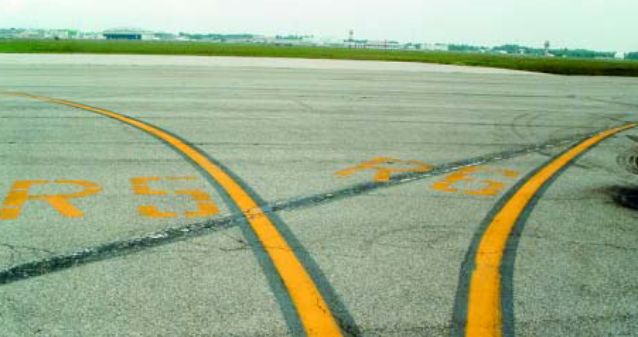Anything that might go wrong, probably has, in the history of aviation, and things like mis-remembering a taxi clearance has certainly happened a lot.
If by "follow the greens" you're referring to a system that activates the in-pavement centerline lighting, segment by segment, for each aircraft's specified route, that would be very cool and an absolute game-changer. I fly to major airports in the U.S. every week, and I've yet to see such a system in use for getting you from the gate to the runway or vice versa.
If the clearance is longer than about two taxiways (i.e., leave the ramp on A, right turn on B to runway 28), I'll typically highlight the taxi route on the airport diagram on my EFB before starting to taxi. If the clearance is particularly long (Chicago O'Hare is notorious for this), I'll either write it down first, or type it into the FMC scratchpad to refer to as I'm highlighting. And, always, confirm with the other pilot what we're about to do.
And every so often, we still have to ask Ground to repeat or clarify some part of it. Which works fine.
But unless it's the exact same clearance as the last fifty times I've taxied here, trusting memory for a lengthy set of instructions is setting yourself up for a mistake.

